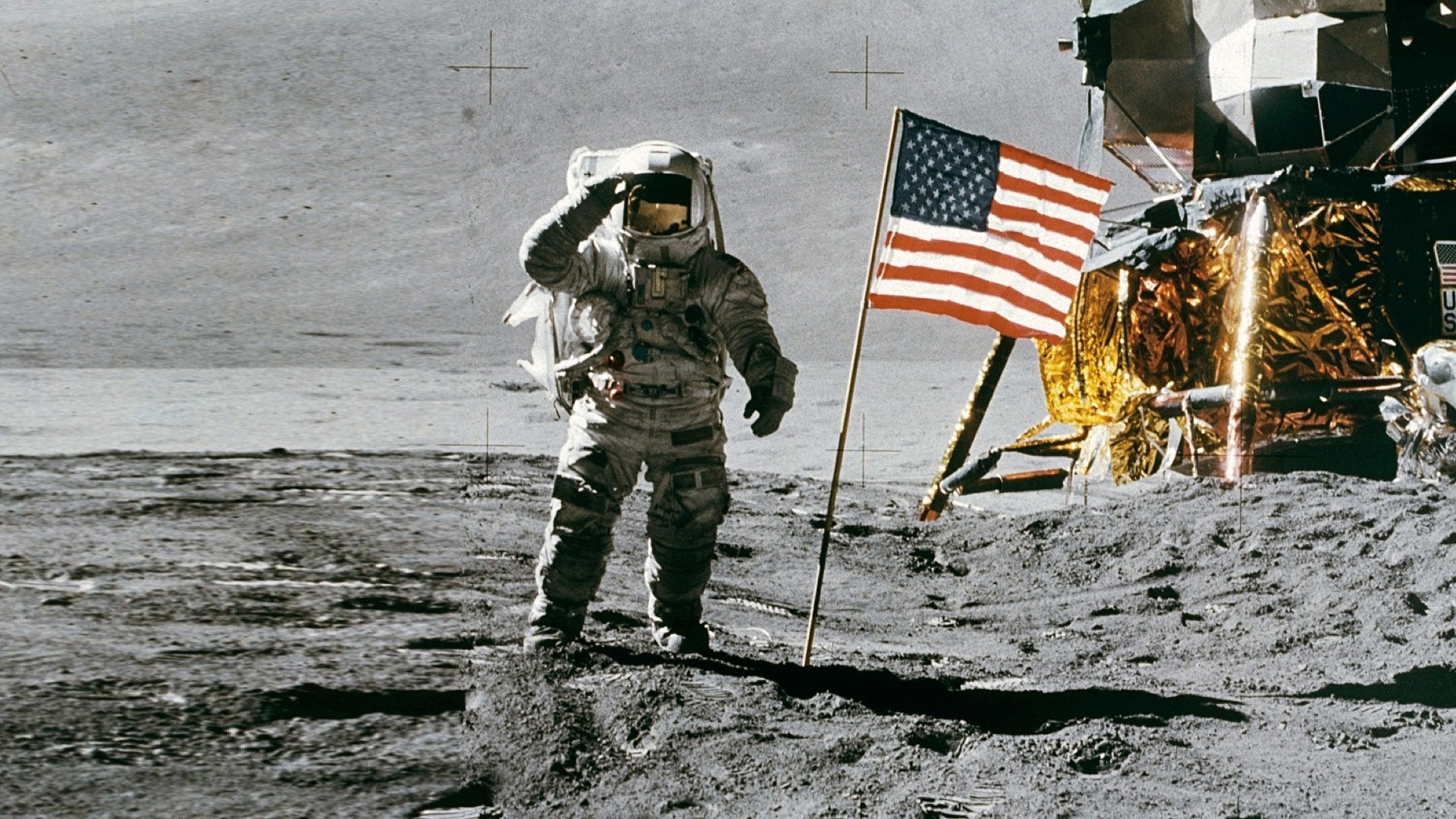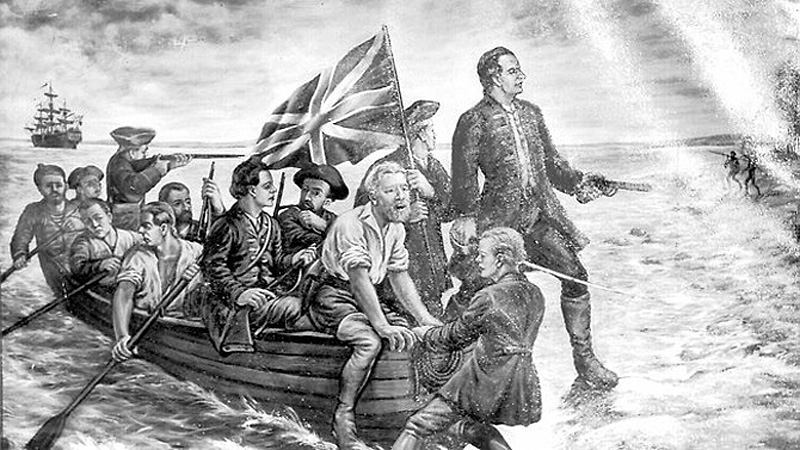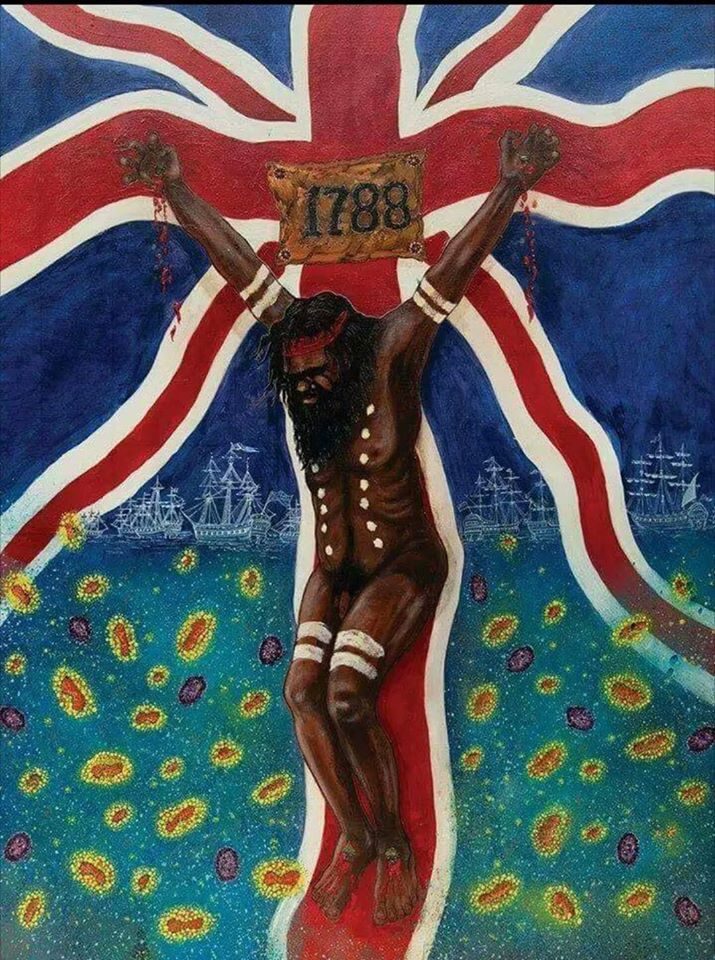Flags and nation branding
Out-dated or still relevant?
Flags are the closest equivalent to a country’s logo. They are simple, geometric vector graphics, designed to reflect a nation’s fundamental values.
Flags were first used as visual markers to assist military coordination. Today they appear at sporting events, religious parades, in nautical navigation, at airports, on beaches and emojis.
We associate flags with services (International Red Cross), institutions (EU), social movements (LGBTQ rainbow flag), warnings (red = danger), signals (chequered flag), political parties (Nazi flag) and even languages (esperanto). But most of all, flags are used to represent countries and national identity, decorating everything from cheap souvenirs to space shuttles.
When Captain Cook approached the shores of Australia, he was met by spear-wielding natives. Despite noting in his diary that he spotted “several people upon the Sea beach, who appeared to be very dark or black colour”, the land was still declared “terra nullis” (a land with no people), and the British systematically and ruthlessly set about colonising the “barren” land.
This striking image by Danny Eastwood, drives home the existing sentiments associated with Cook’s invasion, symbolically featuring the Union flag at the centre.
But colonialisation and flag-waving isn’t limited to land. When Neil Armstrong and Buzz Aldrin set foot on the moon, one of the first things they did was to put up a flagpole to fly the stars and stripes, as if to claim ownership of it!

”People that enjoy waving flags don't deserve to have one.
Banksy
The most commonly used flag in the world is the Union Flag (often called the Union Jack), that represents the United Kingdom. Not only is it used in the UK but also in many former British colonies such as Australia, New Zealand, Fiji and even Hawaii. The flag itself is a fusion of three individual flags representing England, Scotland and Ireland (but not Wales). The visual symbol of supposed unity, is fundamentally flawed, out of date, and inaccurate. This begs the question: are flags still relevant or should they be confined to the history books?
In the case of Northern Ireland, this comedian provides some light-hearted relief!

